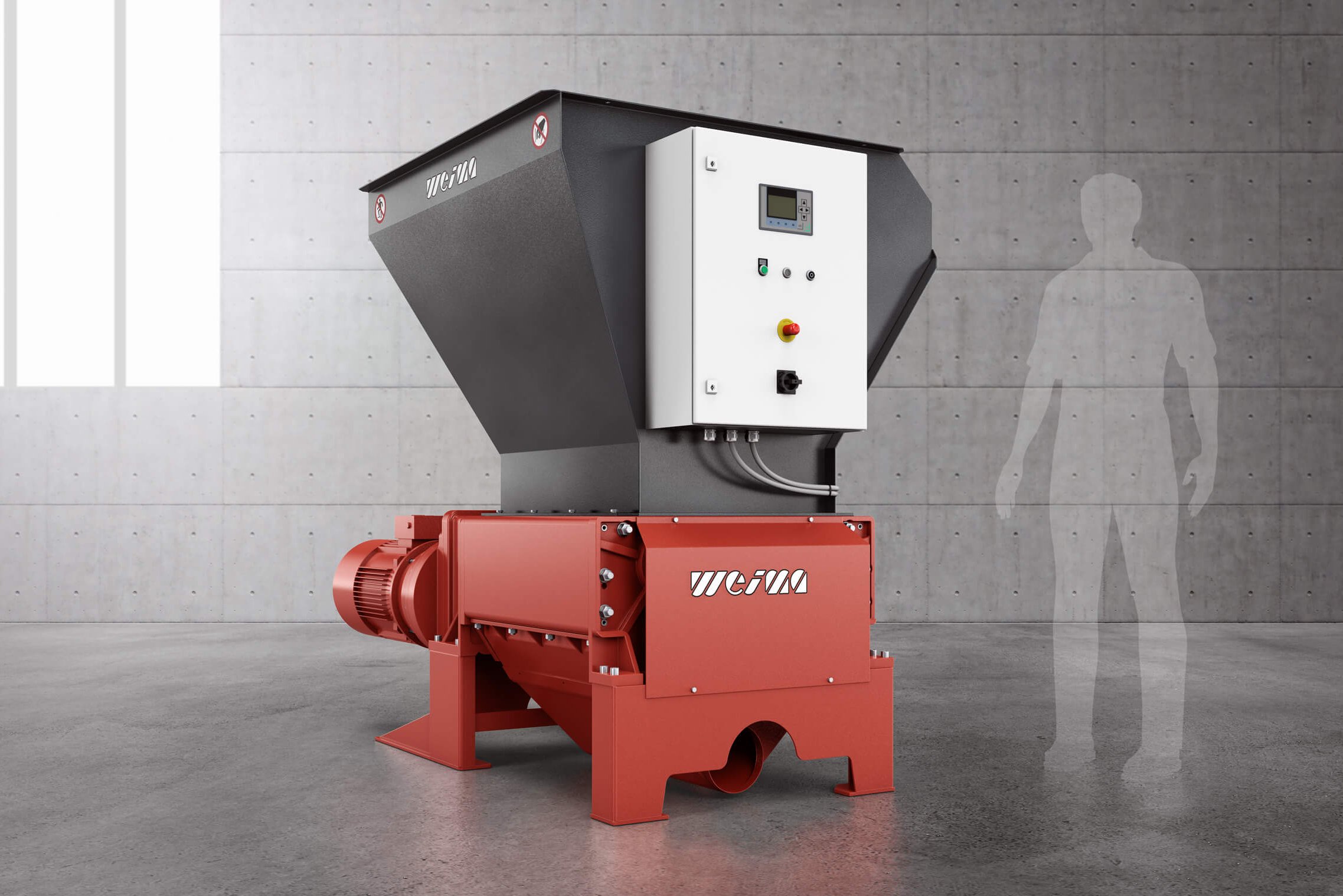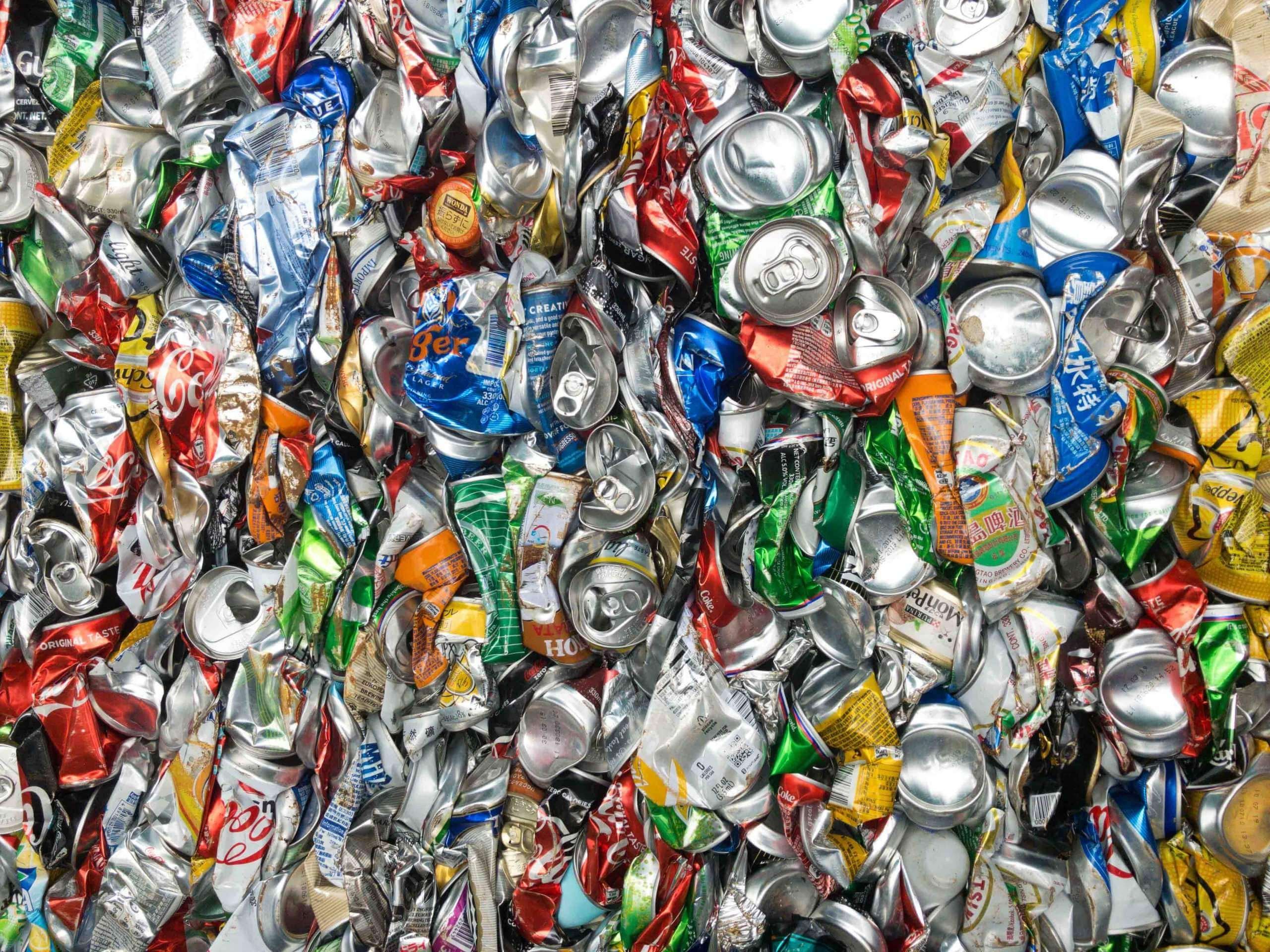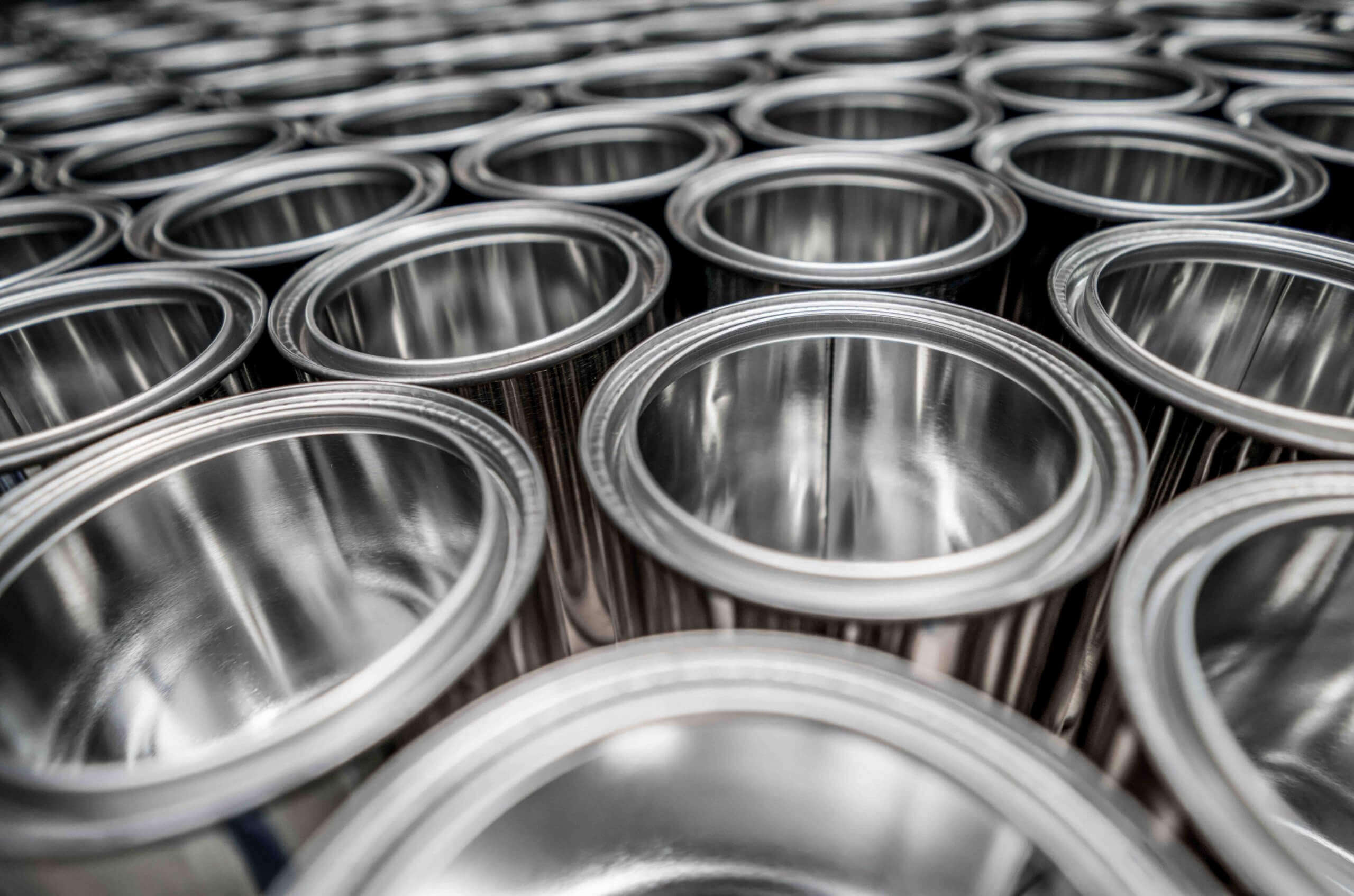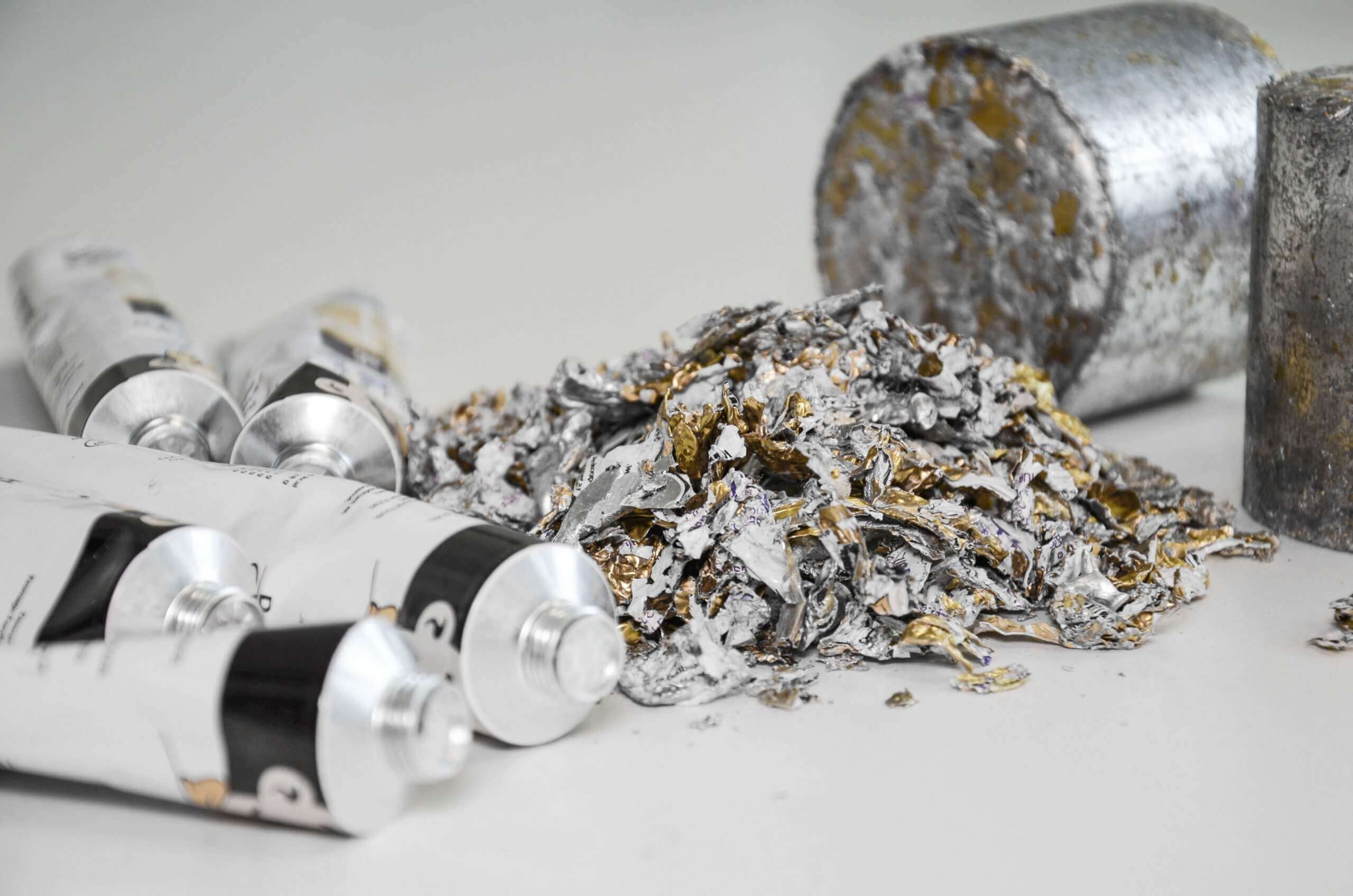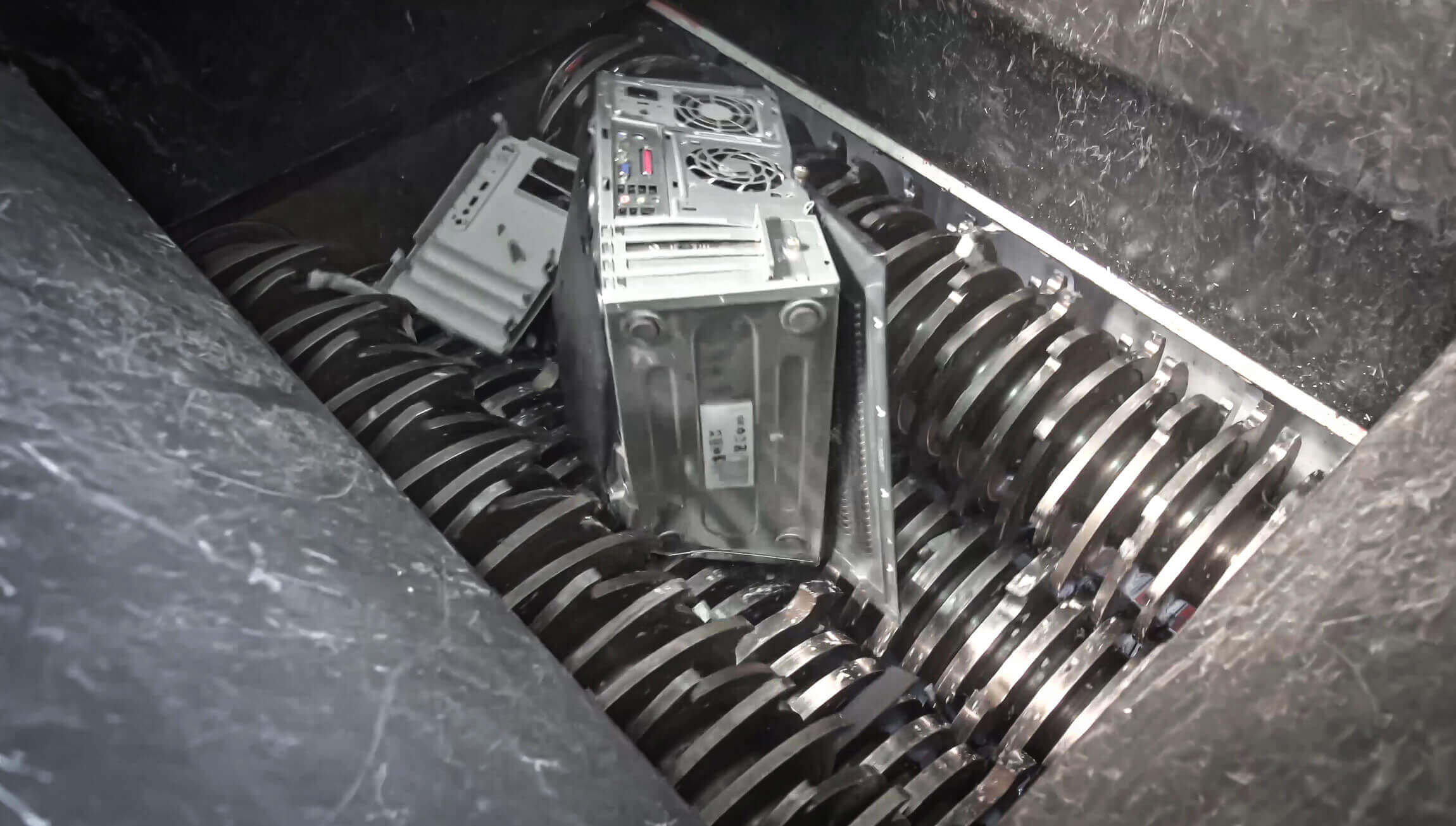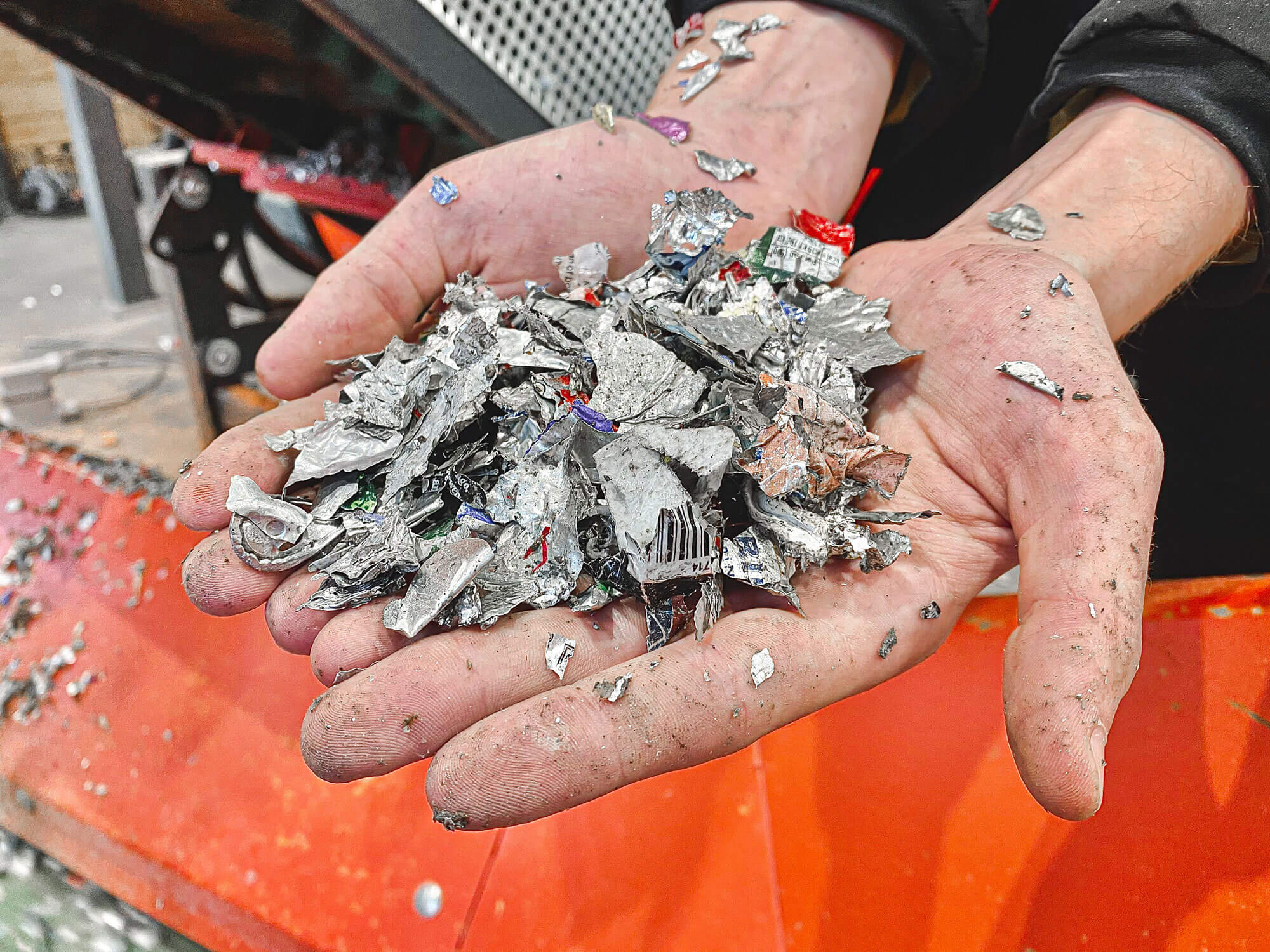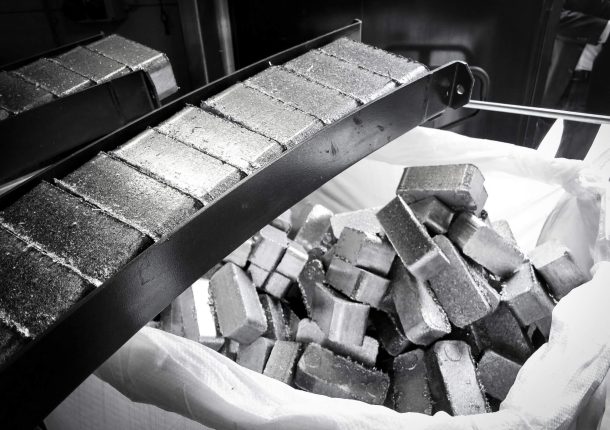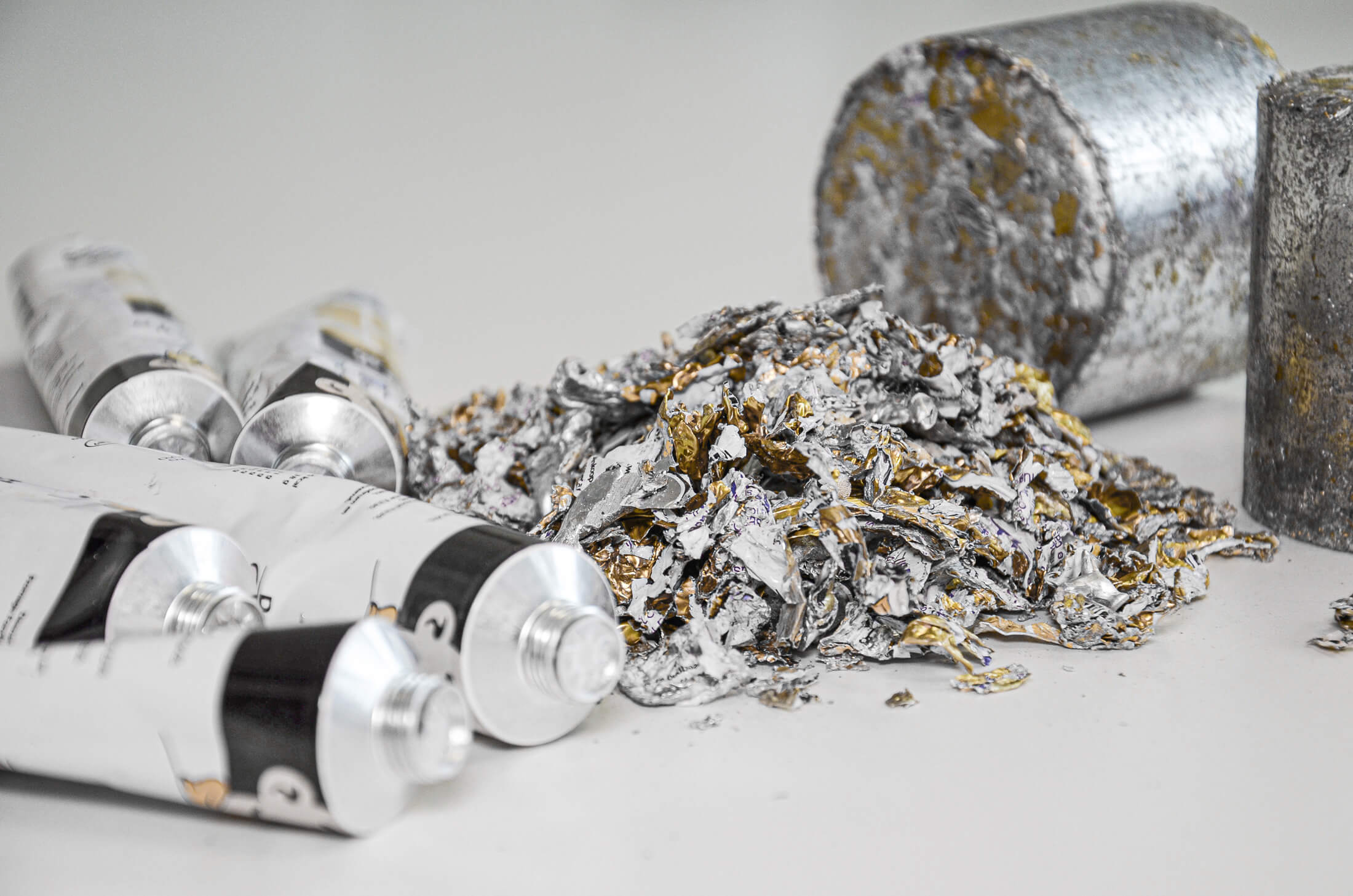
Metal recycling and metal shredding
The metal industry is a shining example of the circular economy. Old products are collected, crushed and melted down to be reused as a valuable raw material. The shredding of metals of all kinds, however, presents even industrial shredders with particularly great challenges. Metal waste is extremely abrasive, heavy and usually bulky. This includes, for example, production waste from the waste, automotive and electrical industries as well as the metal processing sector. Typical applications are punching waste, beverage cans, foils, profiles, milling and sawdust, light scrap, car body parts, wires, cables, sheet metal waste and aluminum scrap of all kinds.
Metal recycling and metal shredding Metal recycling and metal shredding Metal recycling and metal shredding
Learn more about metal shredding and recycling
Metal shredding as part of the recycling process
WEIMA not only shreds light metals such as aluminum and magnesium, but also copper, brass and bronze, as well as sawing and milling waste from steel. Before bulky materials can be further processed, they usually have to be shredded to a homogenous material size. Whether long profiles, cans and foils, or long and bulky chips and punching waste from production: our machines make everything small and reusable.
"Did you know that the recycling rate for aluminum beverage cans is over 99%? And we are actively contributing to it."
Iwan Plet
Business Development | Metal at WEIMA
Customer applications and examples
From the metal industry
Inquire about a metal shredder today
Request a quote
WEIMA shreds electrical waste
WEEE (Waste of Electrical and Electronic Equipment) is the fastest growing waste stream in Europe, growing three to five percent per year. In total, this amounts to around ten million tons of electronic waste, which corresponds to the weight of around 50,000 blue whales. However, less than a third of this waste is currently recycled professionally. The majority ends up in household waste or is exported illegally. This is a problem in many respects, since batteries in particular, but also other electrical appliances, can contain toxic pollutants. (Source: WEEE Europe)

Waste of Electrical and Electronic Equipment (WEEE)
According to the WEEE directive, electrical and electronic equipment can be divided into six categories:
1. Heat exchanger
2. Screens and monitors
3. Lamps
4. Large units from 50 cm
5. Small devices up to 50 cm
6. Small IT and telecom equipment
Shredding with WEIMA shredders is particularly suitable for transferring this electrical waste into the recycling cycle. Single-shaft or four-shaft shredders are available for this, depending on the application.
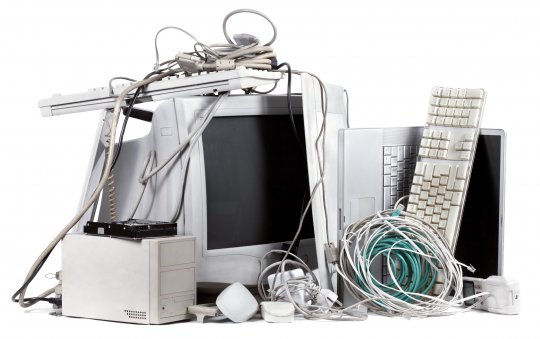
E-scrap
Shredding and briquetting of metal waste: Efficient duo
The shredding of metal waste represents the first step in the recycling cycle. The result is a homogeneous piece goods, which can now be further processed. However, loose material is only suitable for melting down to a limited extent, as a lot of burn-up occurs. The solution is briquetting. In addition to the further volume reduction, expensive coolants and lubricants, residual oils and emulsions can be recovered. Furthermore, the resale value of the raw material increases.
The WEIMA show room is equipped with metal shredding and briquetting machines of all sizes and technologies. This enables us to simulate your application as realistically as possible. You can send us your material or visit us directly in Fort Mill, SC.
Observe the shredding process live!
Request an appointment now:
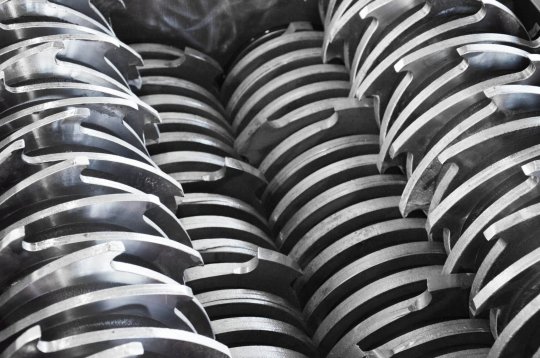
Four-shaft shredder in the WEIMA showroom
Success stories
What our customers think
What are you looking for?
Explore all WEIMA solutions




